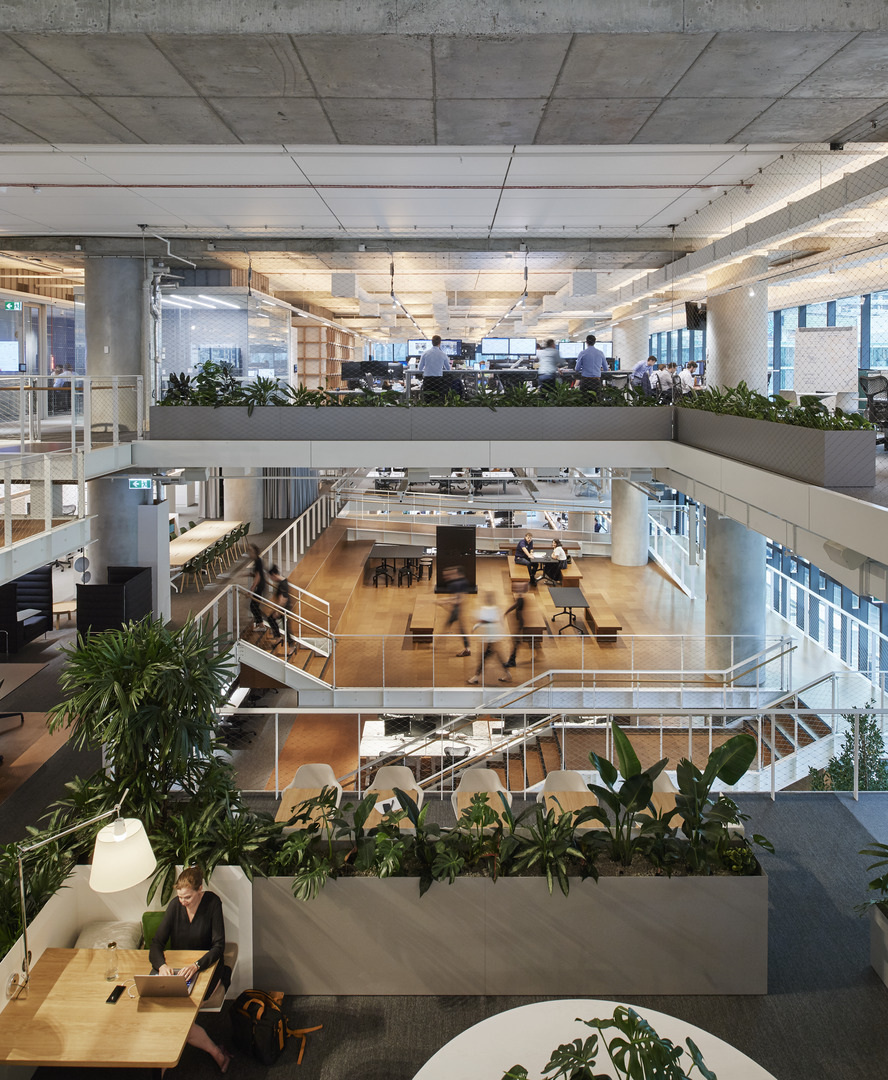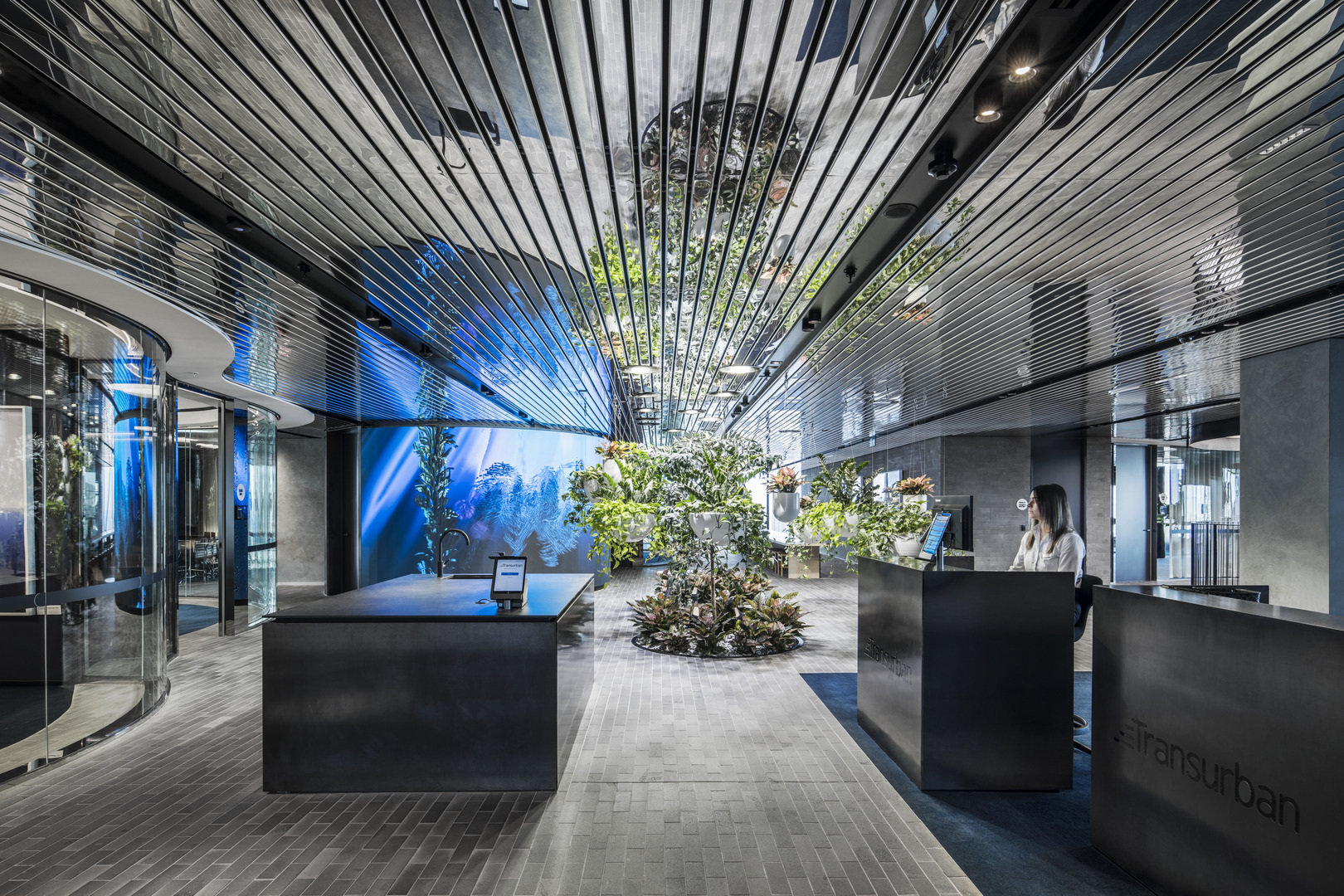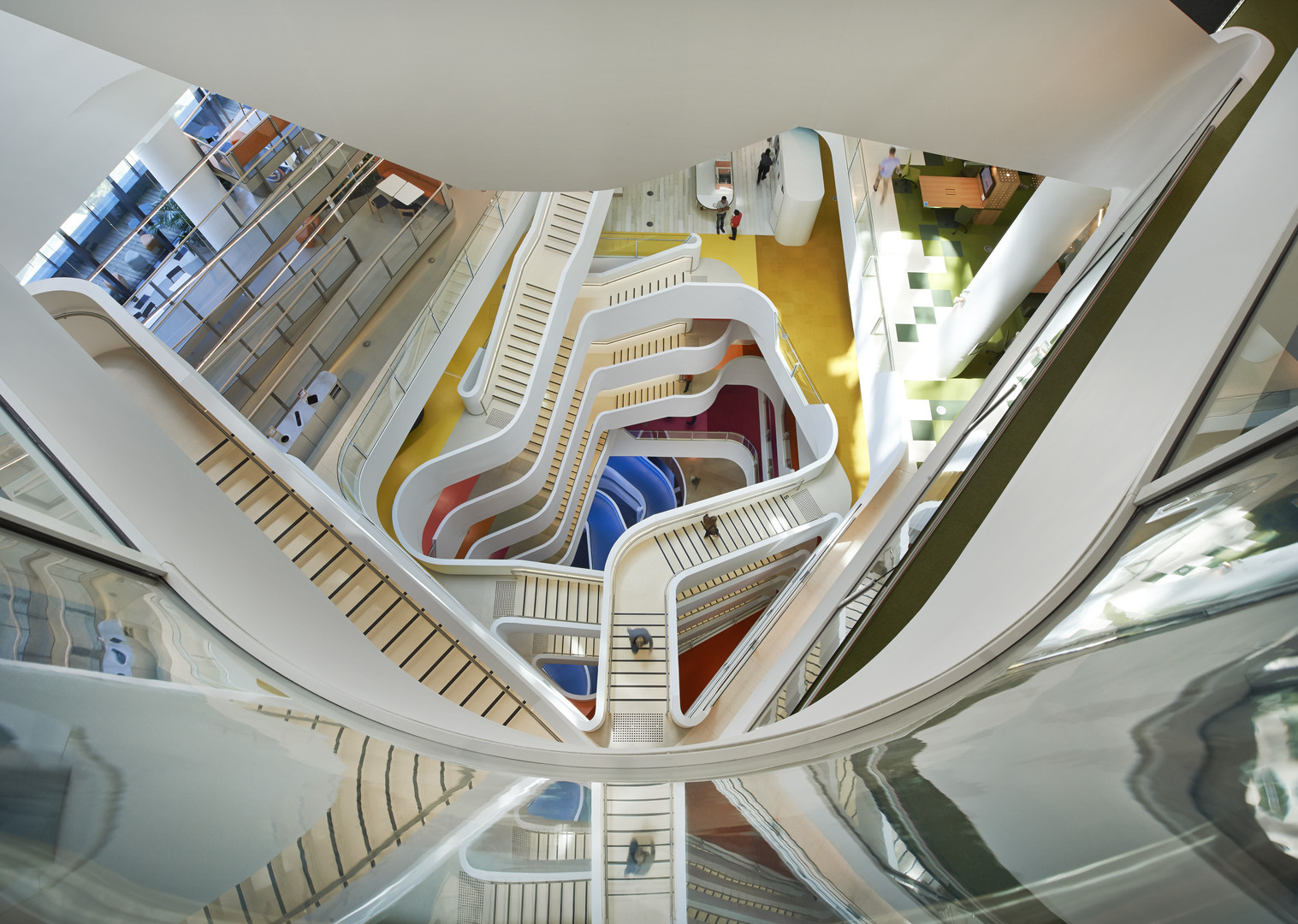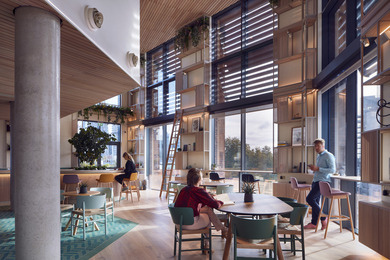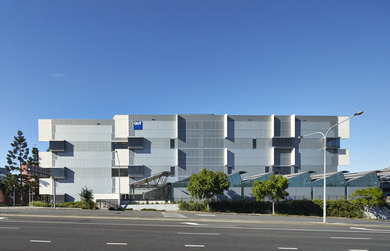Spot the difference: incubators, accelerators and co-working spaces
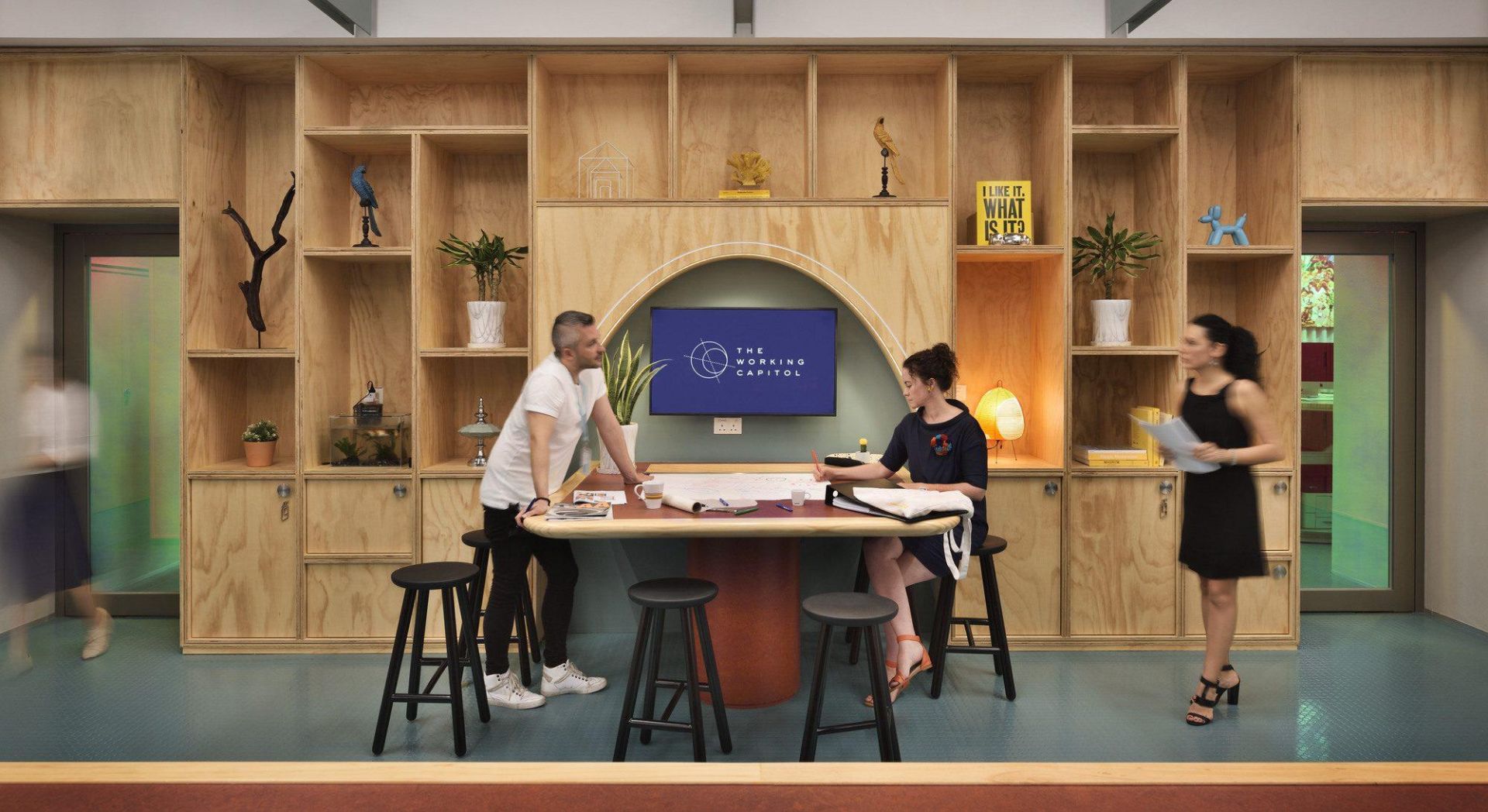
Places are powering next-generation entrepreneurialism!
The intense focus on innovation in science, business and technology has led to a rise in shared and co-occupied collaborative spaces. Places that give people an alternative to working at home or in a garage, which definitely isn’t for everyone. Places that put people into entrepreneurial ecosystems and that can power growth opportunities.
In 1980 there were 12 business incubators in the US, today there are over 1250.
Source: Technology Entrepreneurship And Business Incubation
CHALLENGING OUR ASSUMPTIONS
Many innovators need privacy just to get on with it, but spaces to share and socialise – and connect with customers, suppliers and other innovators – are crucial to the creative process too.
There are lots of options out there. How do you distinguish between an accelerator, incubator and co-working space – and what do those differences mean for design?
By 2030, 30% of all office space will be let on short-term or flexible leases.
Source: JLL
INNOVATION HAPPENS UP CLOSE
Communication is critical to innovation. The frequency of communication drops exponentially as the distance between co-workers increases. By creating private yet connected spaces, we can help people generate new ideas.
“Environments that build walls around good ideas tend to be less innovative in the long run than more open-ended environments.”
Steven Johnson, ‘Where Good Ideas Come From’
Author

